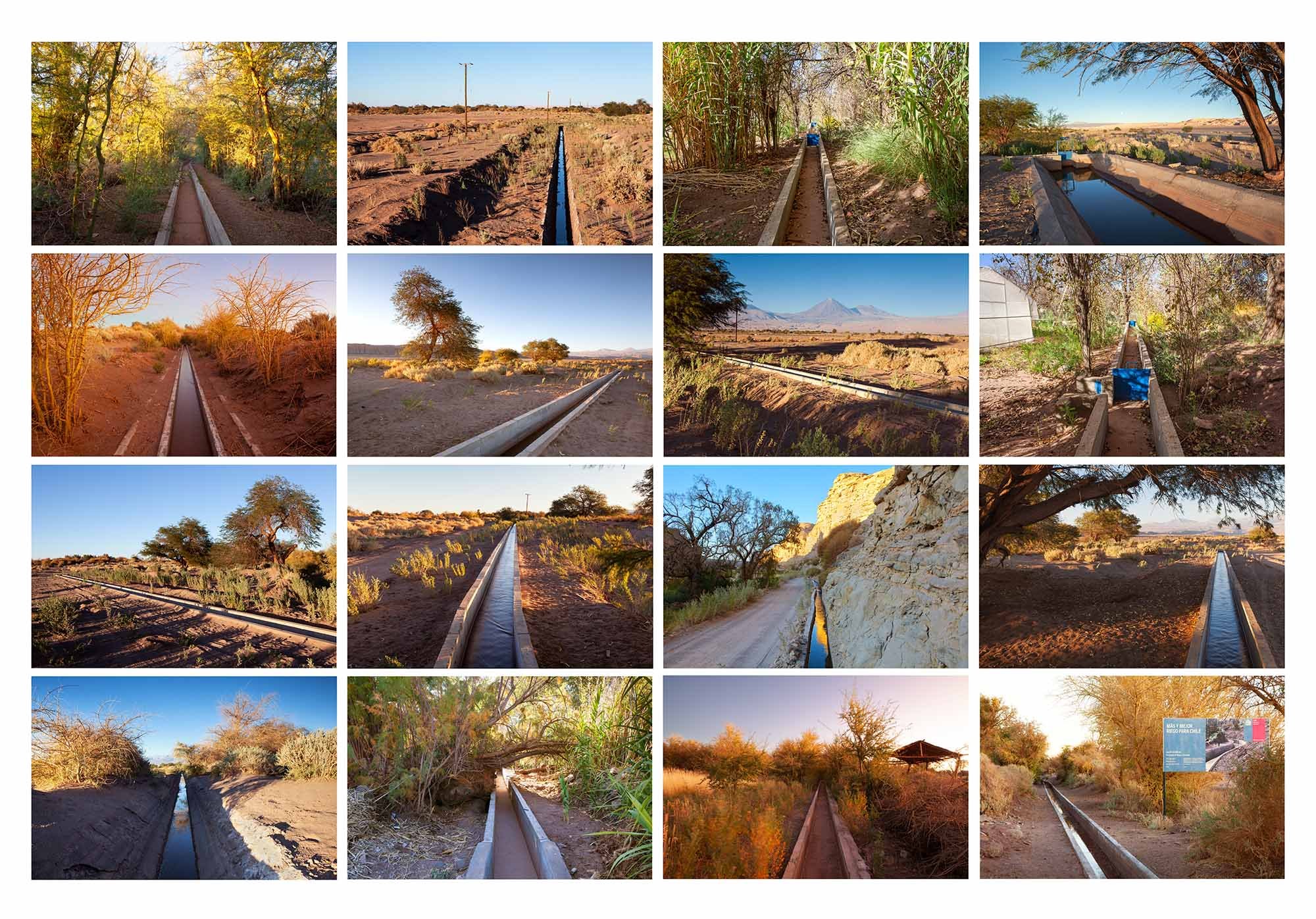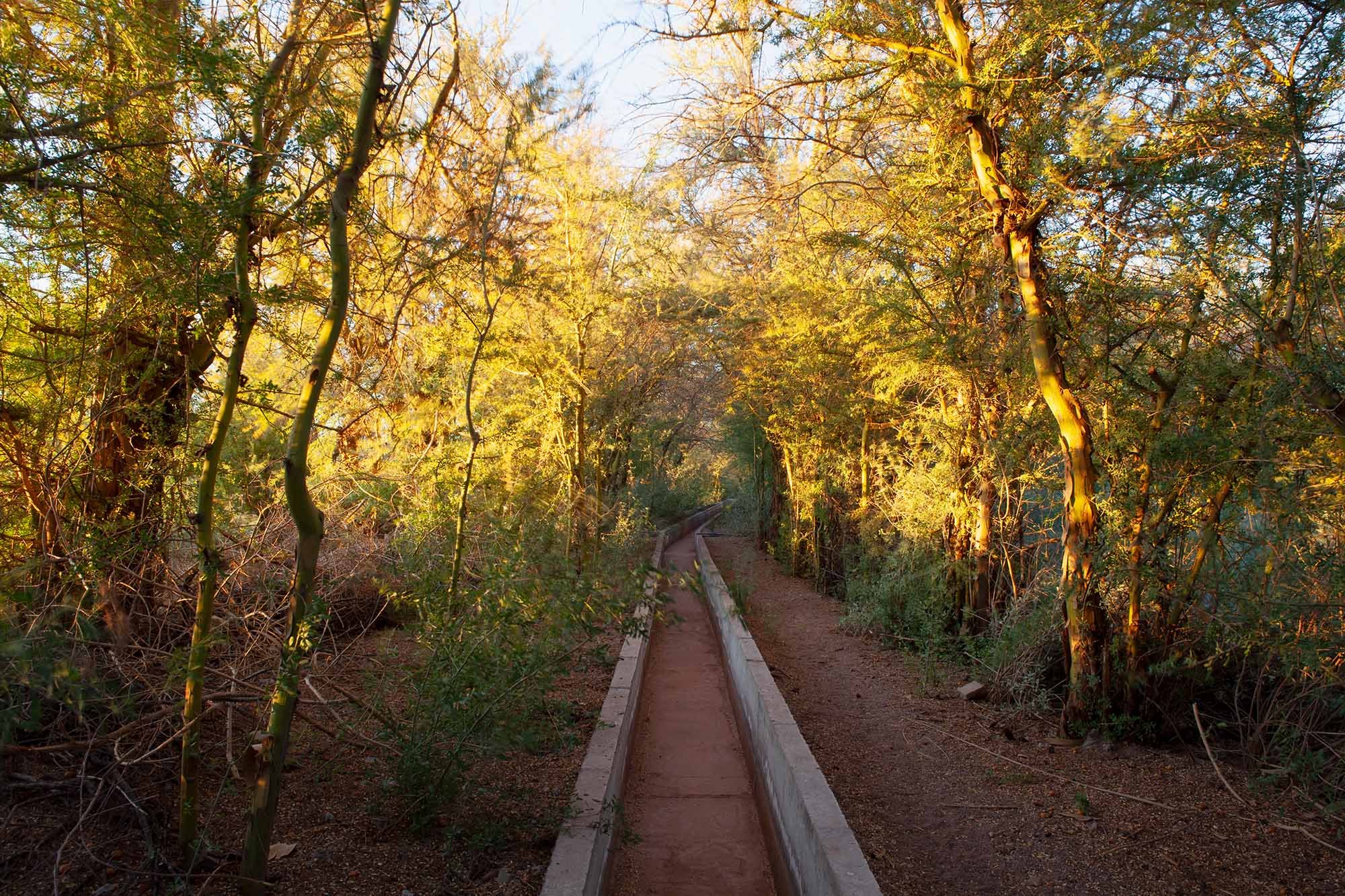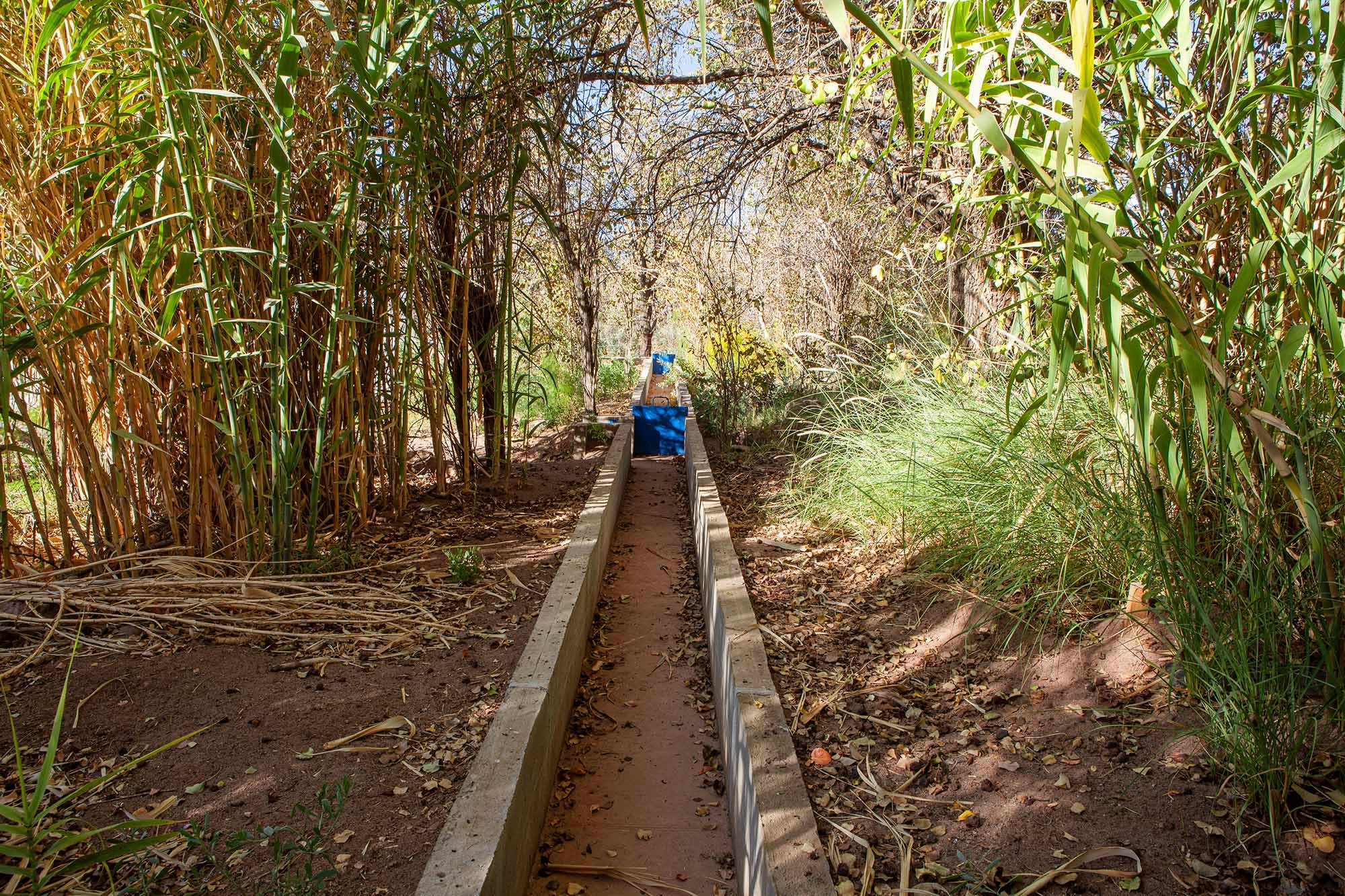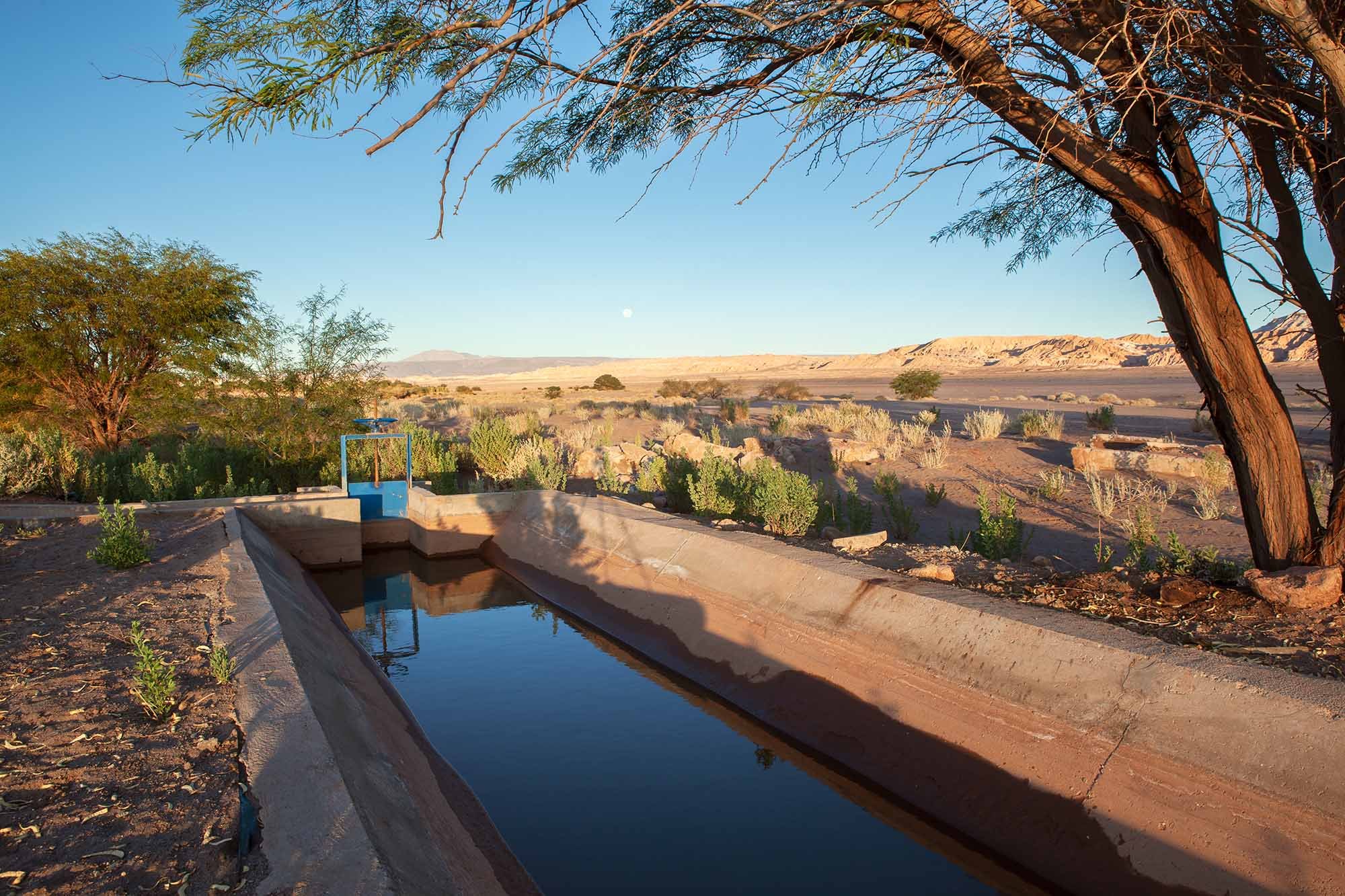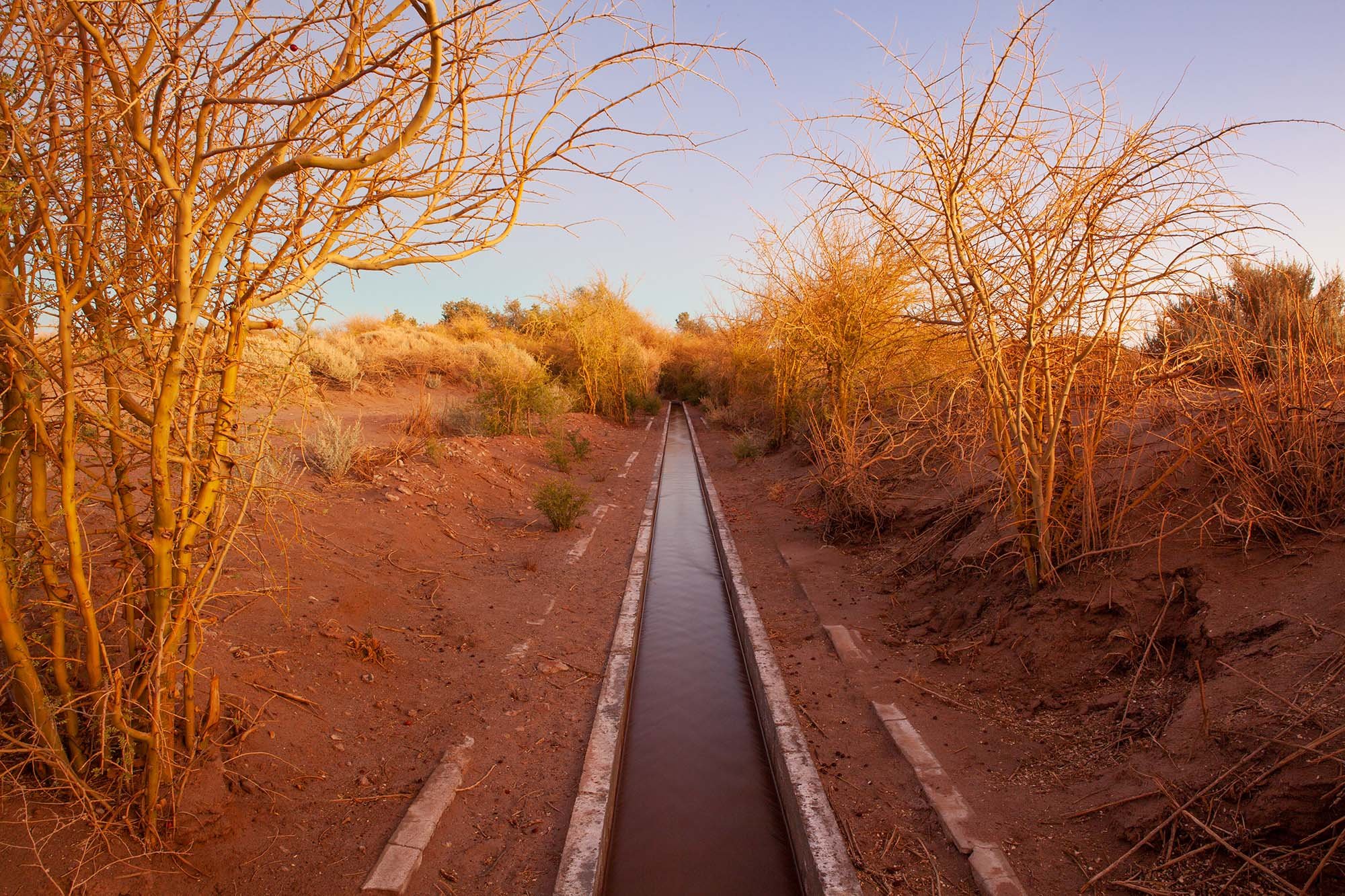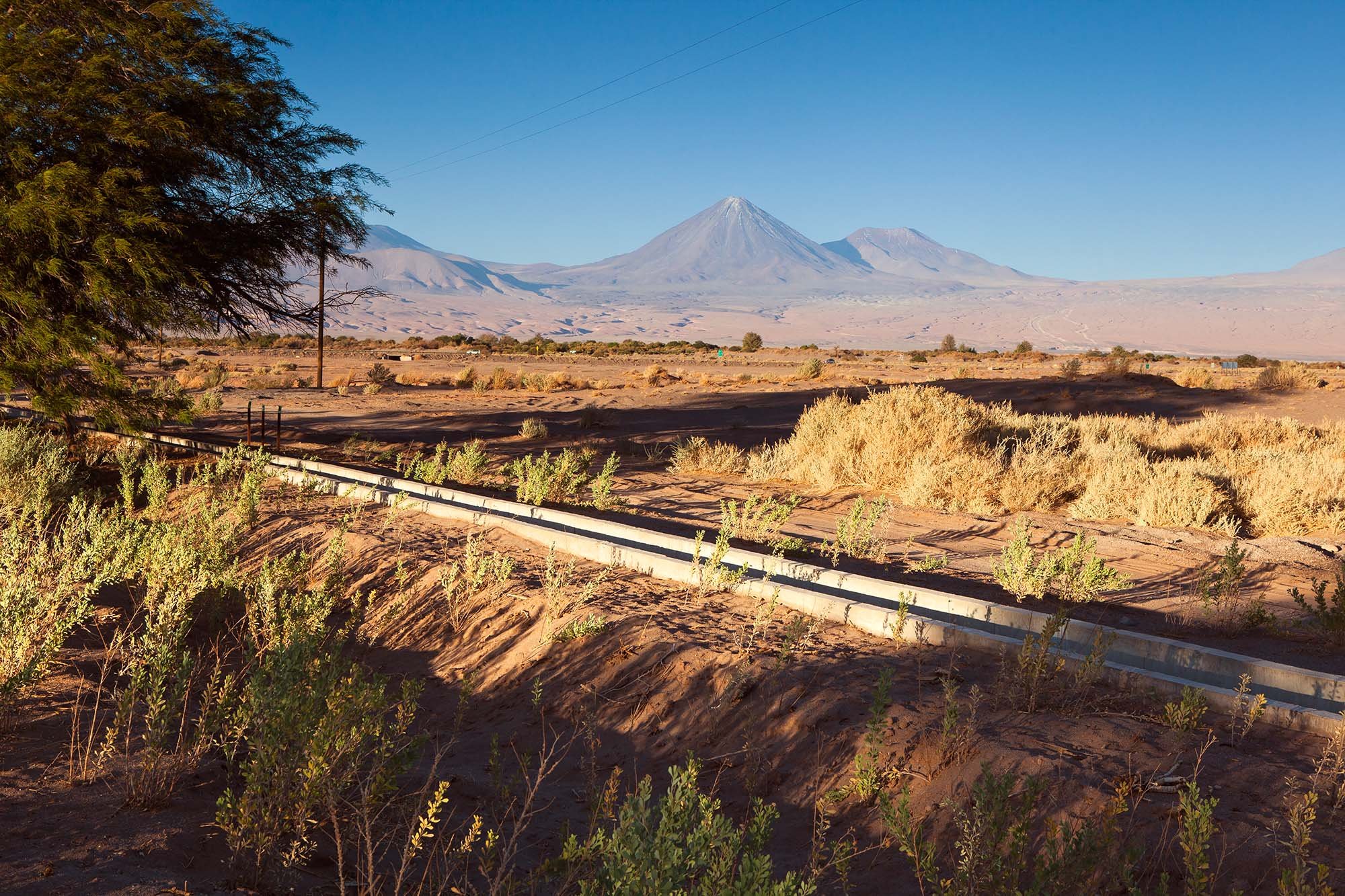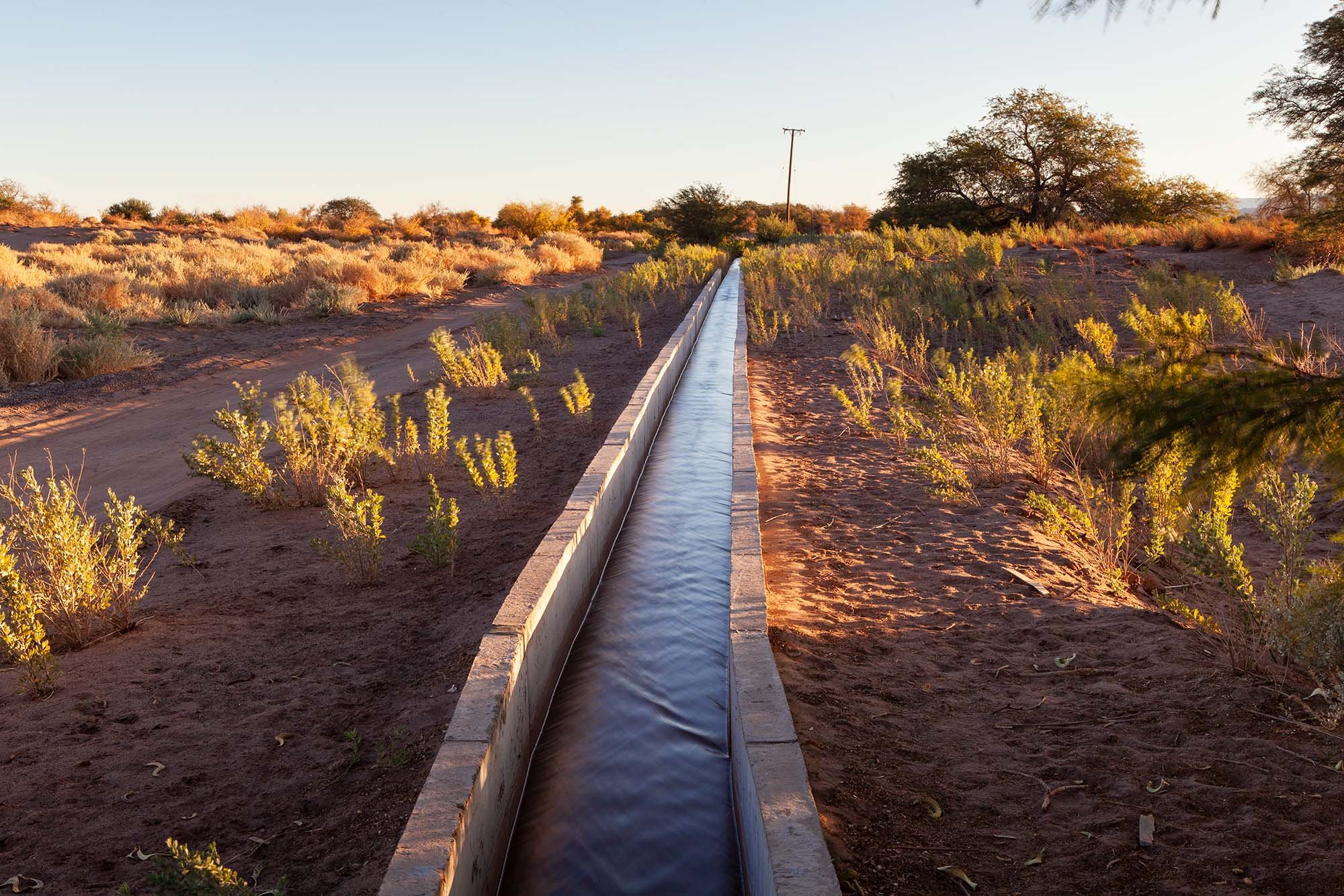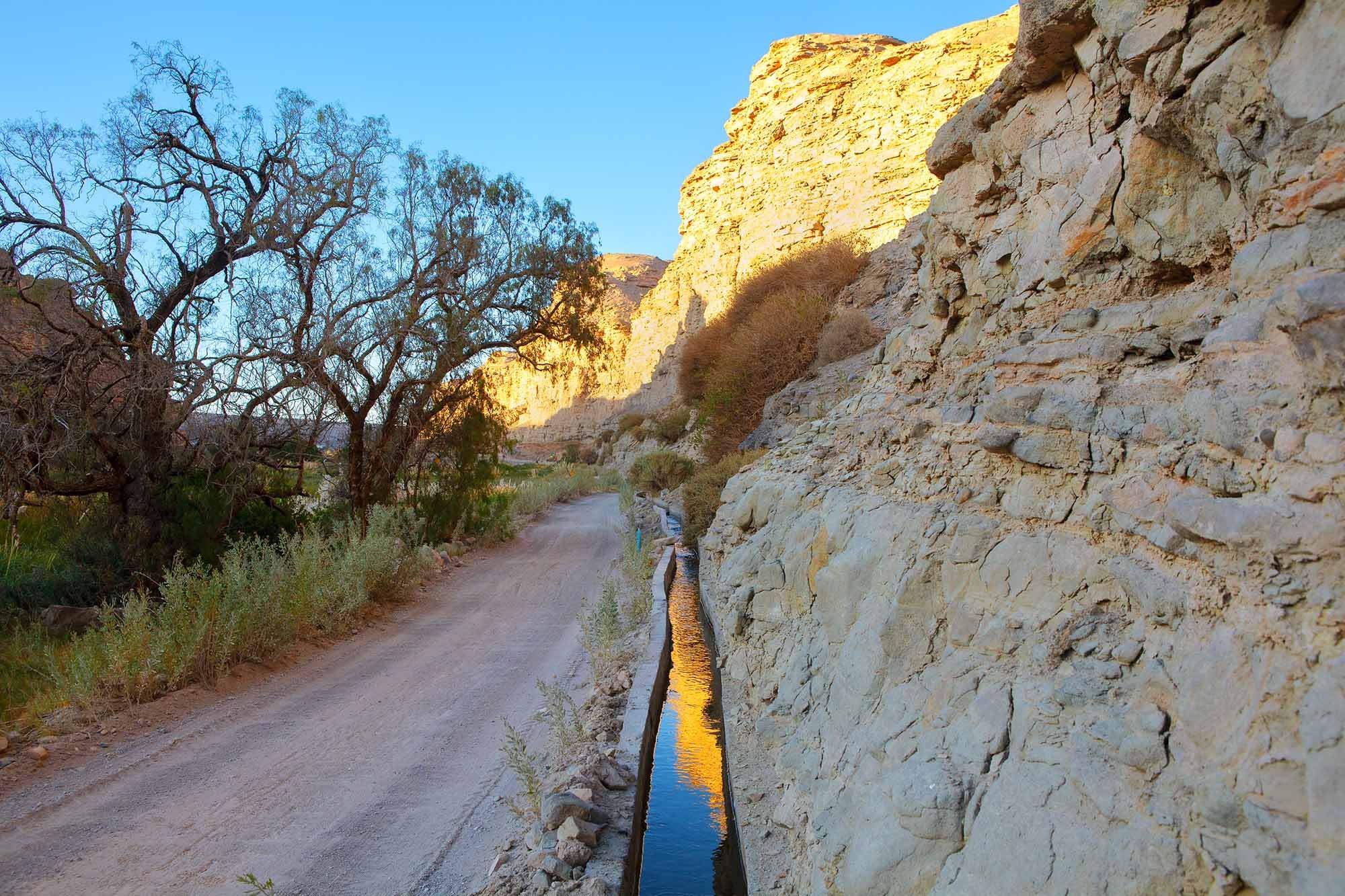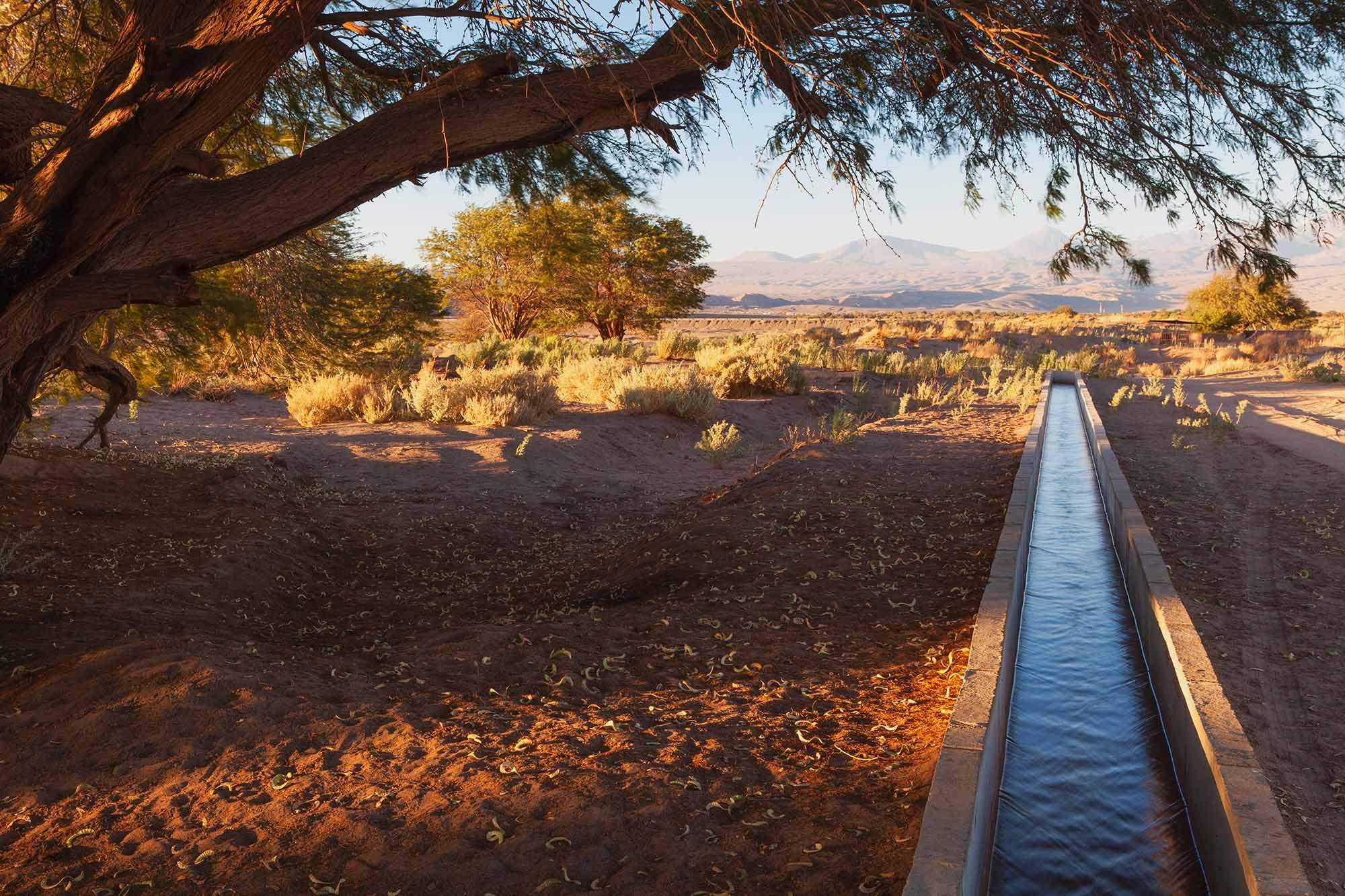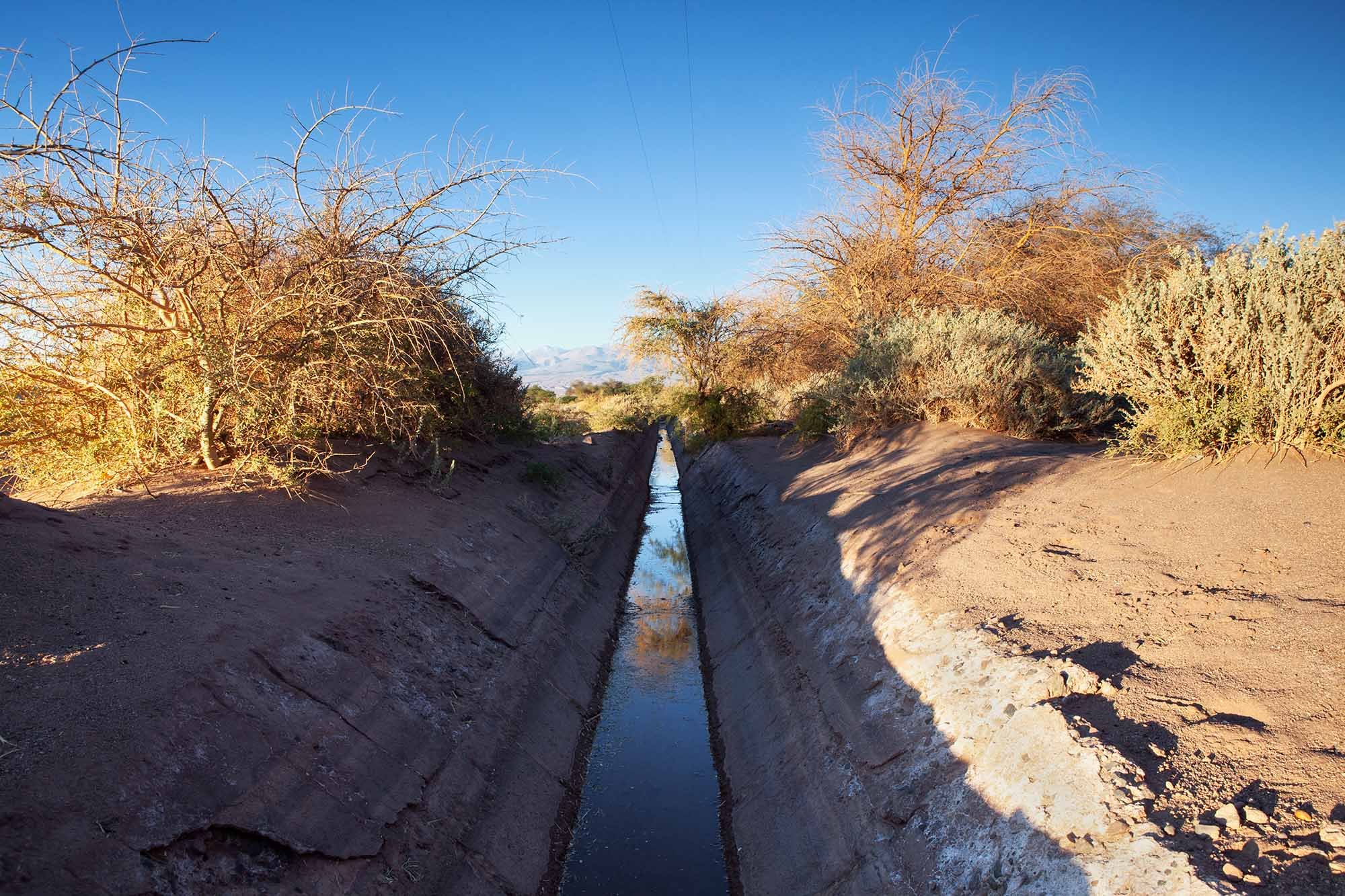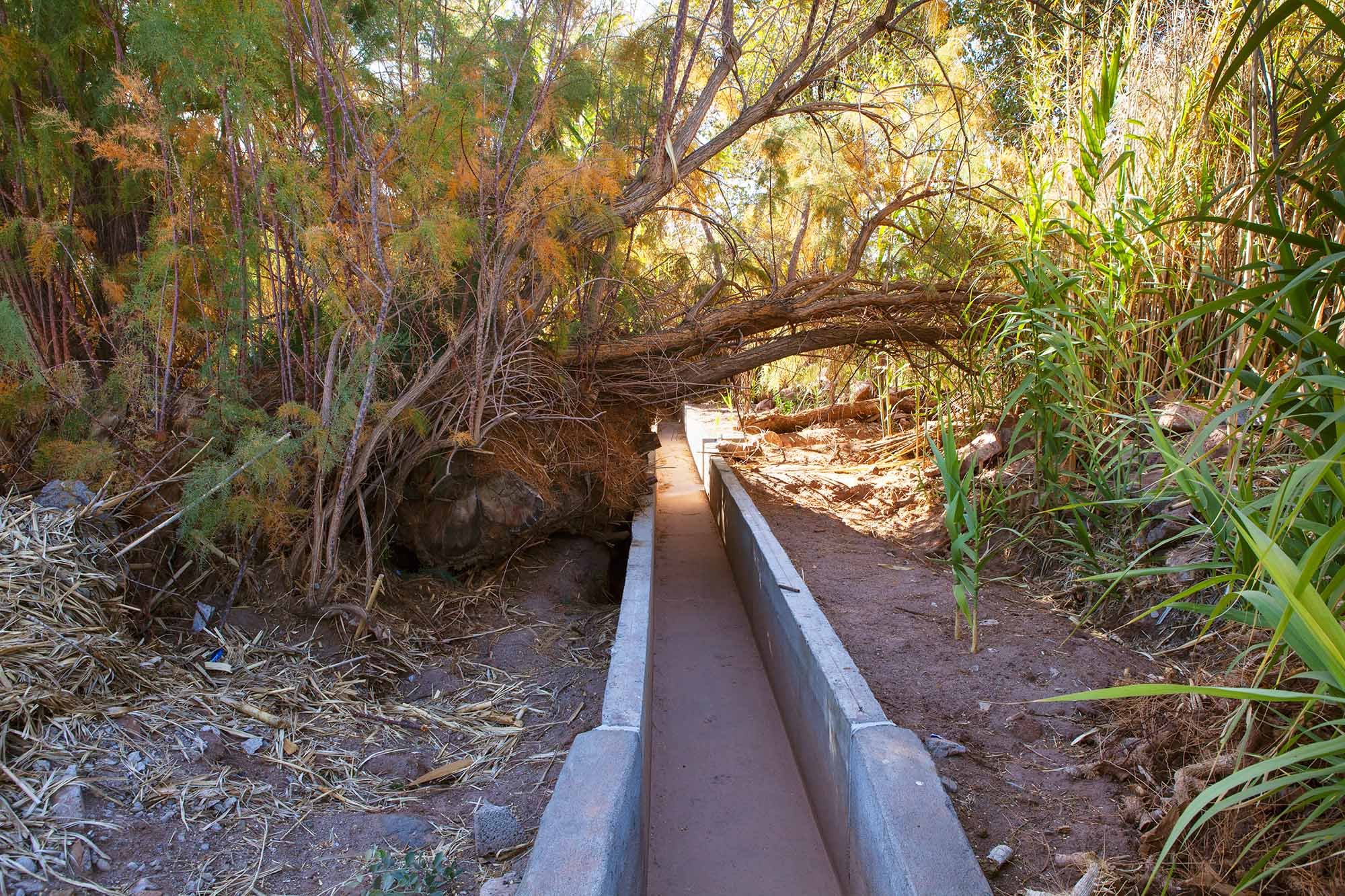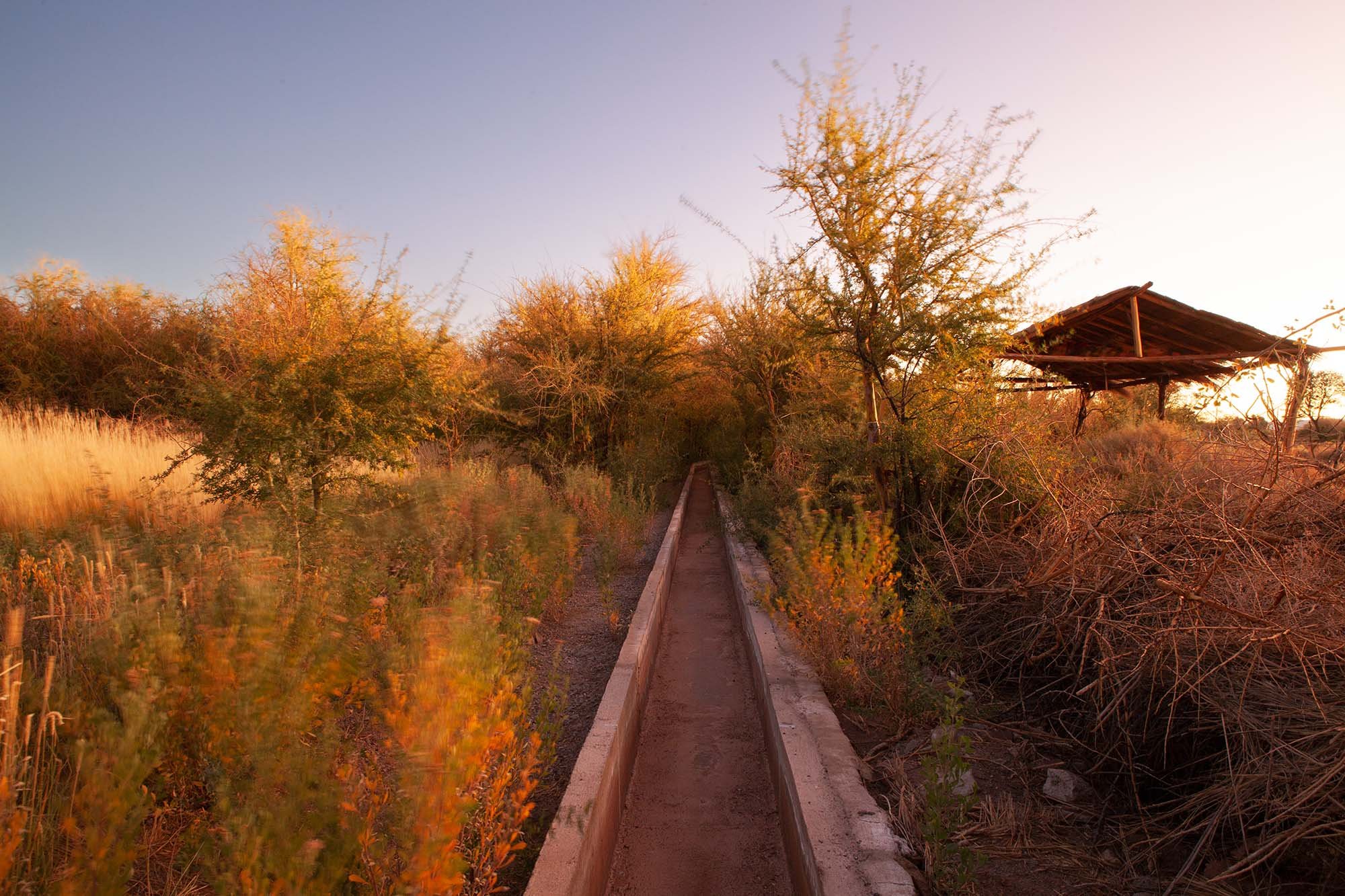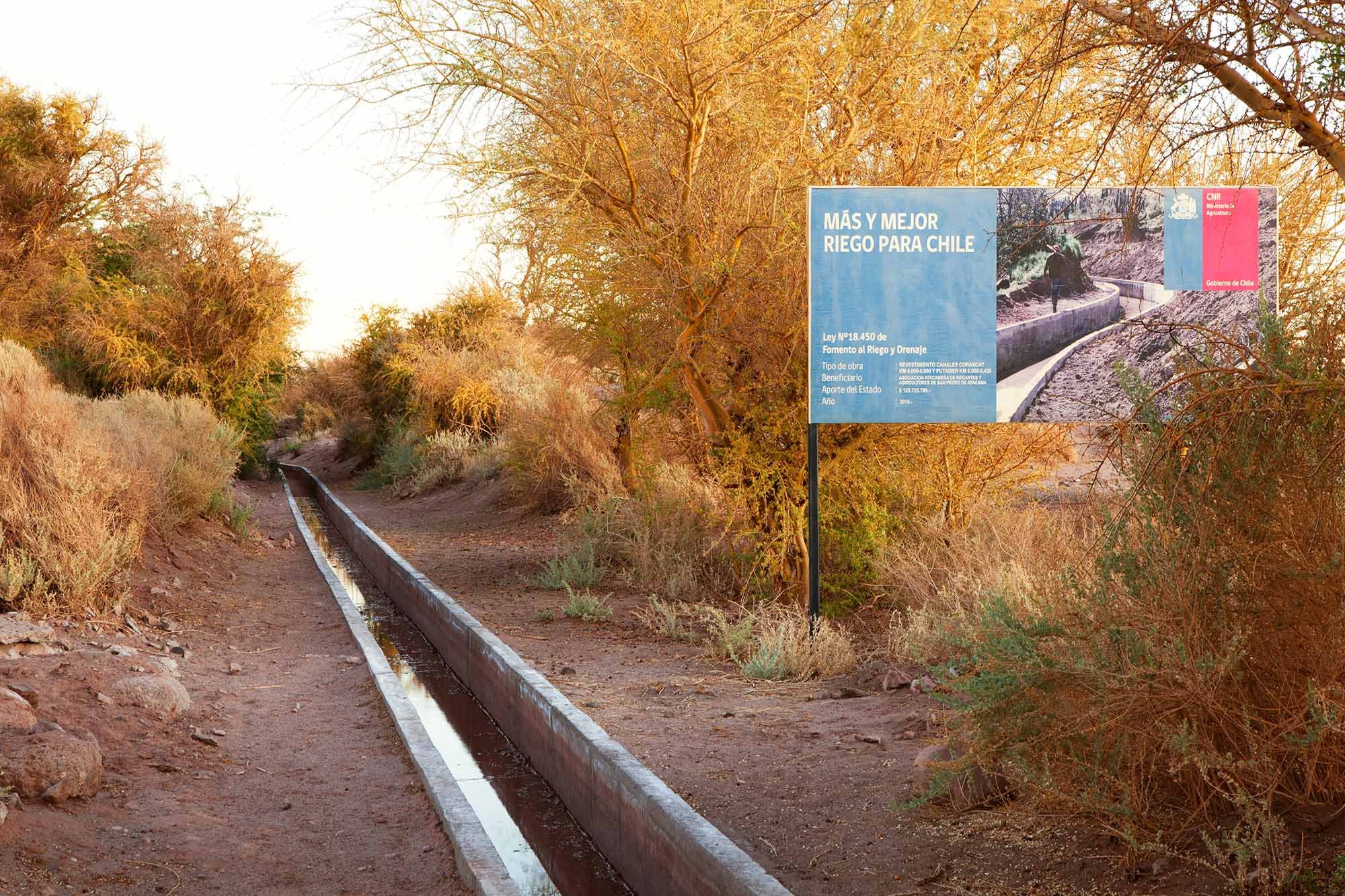Co-Existence
Part 1
Co-Existence: “The state of two or more things existing together, usually in a temporal or spatial sense.”
Explorations into our humanity, our history and our role on this earth while on international artist residency with La Wayaka Current in the Atacama of northern Chile, April 2022.
16 Canals
While on residency in the Atacama I was acutely aware of the fact that the most precious resource around me was the most scarce. Not the lithium being fought over in the Altiplano above me that was fueling a ‘green revolution’ in modern car battery design in markets of the west. The industrialists of the west in their thirst for lithium and it’s insatiable need for water in it’s manufacturing process have created a thirst for water much of it at the expense of the indigenous people of Chile. Even before car manufacturers came, water was the precious and scarce resource in this part of the world but that doesn’t seem to matter when an industrial revolution is taking place halfway across the world.
The privatization of Chile’s water began during the Pinochet dictatorship of the 1980s and has continued since making it one of the most privatized water systems in the world . Currently the country is the middle of a second decade of drought. It is the only country in the world that specifically says in it’s constitution that water rights are treated as private property. Mining, Foresty and Agriculture consumes most of Chile’s water with only 2% allocated for human consumption.
The panel above shows a series of canals built by the Chilean government funded by the World Bank and International Monetary Fund. The canals serve to regulate and control the supply of water to the indigenous communities of the Atacama.
The Lickan Antay have always built channels to funnel the water to where they need it. However in a privatized system of 16 canals do people lose sovereignty over a basic human right? When does it stop being a story of co-existence and when does it become a question of existence?
Agua Mercantilizada. (Water Commodified)
To me the canals represent something very industrial on the Atacama landscape and there are many which spider across the driest desert on earth. Water becomes the product, the commodity and we are the consumer of something over which we have no control. Demand will match supply in this new order. I wanted to exaggerate the artifice of water that has been commodified in this way by superimposing an image of water that I took from another canal.
Co-Existence
Part 2
‘The Story of Life’.
A panel of 16 images that tell the story of life in the desert but apply globally. Each vertical pairing tells a story of elemental forces at play in the desert. All are individual parts that make up the whole. All work in unison.
The Story Of Creation
Volcanic rock from the central Andean volcanoes which surround the Atacama desert. Some are large boulders, others are tiny. All were blown high in the air and scattered for miles across the desert. The story of the creation of new earth lies all around the desert floor.
The Indigenous people of the Atacama view these volcanoes as their gods and protectors.
Water is life
In the driest desert in the world water plays a crucial role in the ecosystem.
Vital water leaves marks and salt as it washes down to the desert from the surrounding mountains.
The edge of the San Pedro river with the tracks of the flamingo in the wet mud.
Water is life.
All matter is energy
Turquiose or Azurite found in volcanic areas and Copiapoa a rare endemic cactus of the Atacama
Everything is alive and all matter is energy. This is how the Lickan Antay people of the Atacama view the world and their actions upon it. The ‘inanimate’ and ‘animate’ speak to us. Their language may be ‘unspoken’ instead communicated through colour, texture and form. Are we listening?
This is an indigenous worldview which modern man seems to have forgotten. We need to remember the planet’s language so that we may know what the planet needs.
The path of everything.
A road through the inhospitable terrain of the Valley of the Moon, Atacama.
The desert floor sculpted by water, wind and sun.
A prototype for a Mars rover has been tested here because of the landscape’s semblance to conditions on other planets. Where will our species go next?
Life imitates nature
At this juncture in our species time on the planet can we find ways to understand our role and our impact by looking to nature for our inspiration, creativity and ingenuity on how to do things in ways that work with nature and not against it?
The Protective Layer
The wool coat of the llama protects not just it’s own species but the people of the Atacama who have depended on it’s wool for millennia.
La Paja Brava is the endemic grass species of the Chilean antiplano. The indigenous people have used it for everything from feed for animals, rope making, and insulation. Like all endemic grasses it protects the delicate arid soils from erosion.
All life has requirements which protect it so that it can thrive. If we do not nurture the protective layer life will not survive.
Building with Earth
The round earth dwellings at the pre Columbian archaeological site at Tulor in the Atacama first settled 2500 years ago and abandoned sometime around 300 AD.
An overview of the rock formations of the Vallee de la Luna built over millions or years by the natural forces of uplift, water and wind.
Looking to our past can we learn how to live so that how we build is working with the earth and not against it?
Species Symbiosis
A vicuña in the Atacama, one of two wild camelids that live above the Atacama. The wool of the vicuña is the most expensive textile in the world. In 1975 there were only 6000 left, now there are approx 350,000 because they have been protected.
Homo Sapiens in the Vallee de la Luna. In 1975 the global population of homo sapiens numbered about 4 billion. Now there are over 8 billion.
In 2022 approx 200 species go extinct everyday.
Do numbers matter when one species dominates and can we live so there is perfect symbiosis?
Co-Existence
Part 3
Wayfinding
One morning while out walking in the Atacama I came across this rock at my feet. Honing in on it I noticed it’s golden coloured lid. I bent down for a closer inspection and turned over the perfectly fitted cap revealing a hollow inside, surrounded by circles coloured yellow and green. I was mesmerized and baffled by this rock, it’s origins, it’s story. No tripod with me, I took my coordinates so I could find it again and film it. Later that afternoon I walked out again using my compass and there it was as it should be. I wondered at the seeming randomness of finding it in the expanse of the Atacama, naively thinking that maybe I was the first to stumble upon it. I still puzzle as to it’s geological formation and age but revel in it’s perfect form and it’s discovery which prompted questions about my existence in relation to it’s existence here on this planet spinning through the universe.


